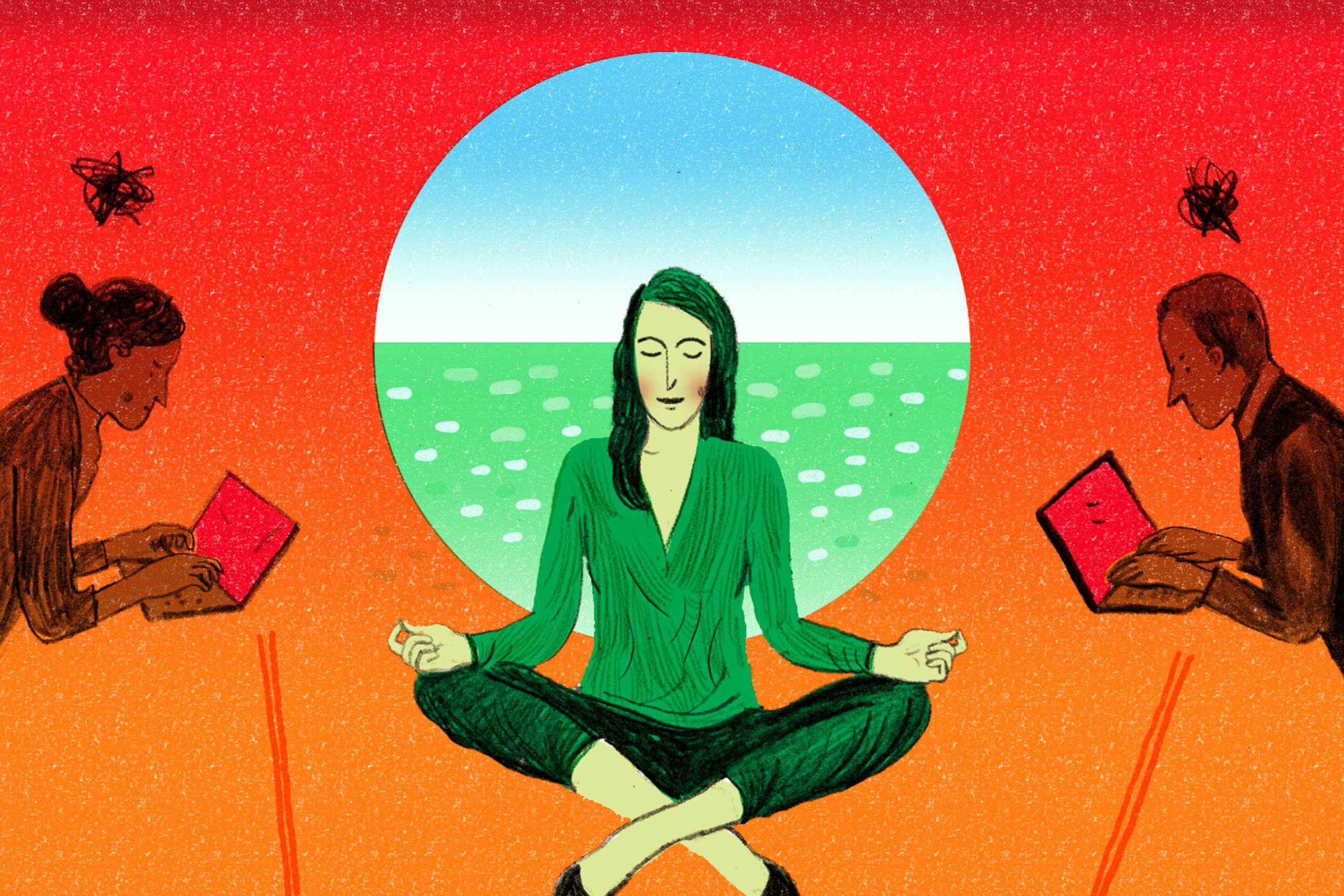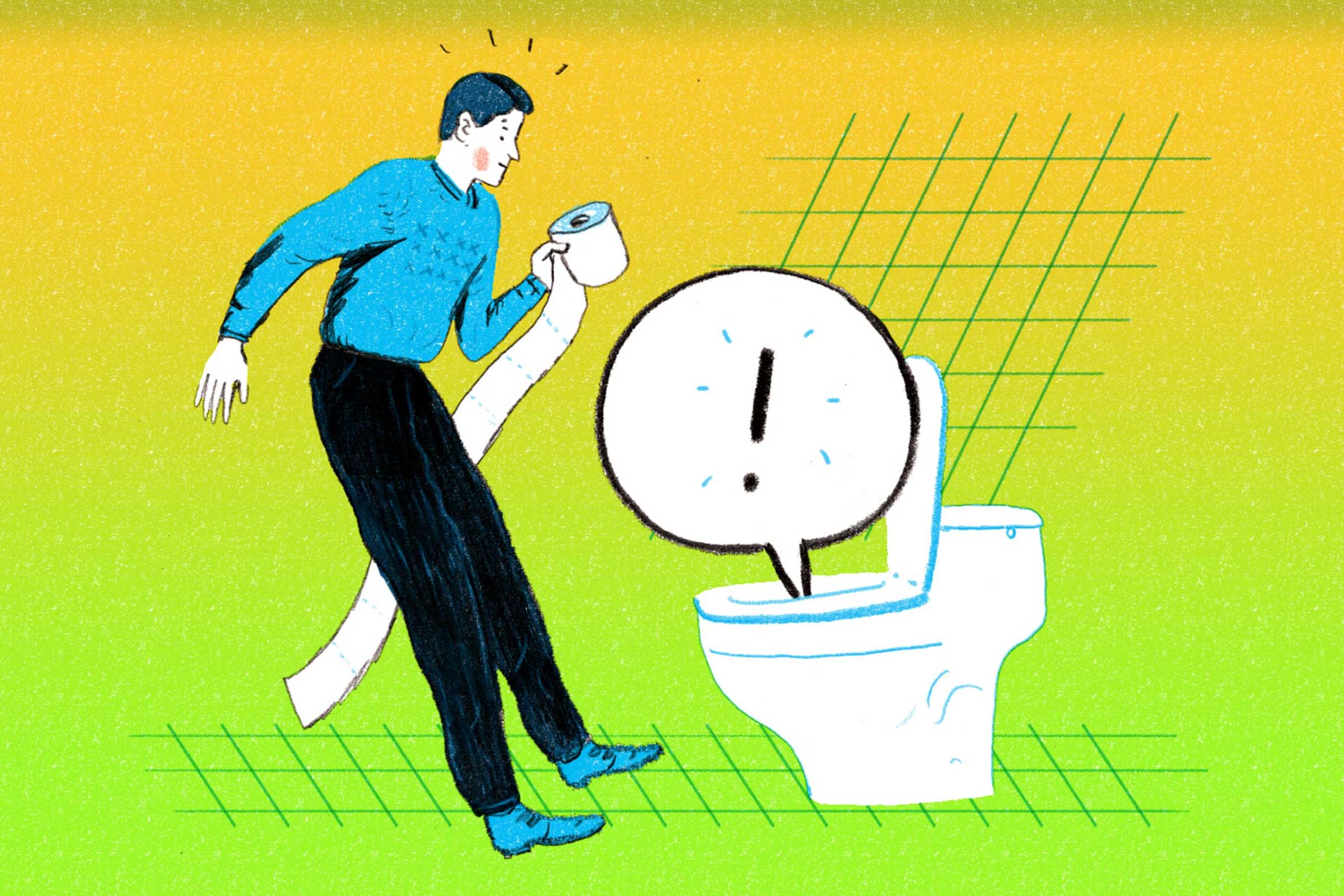Start poking around for hard science on Bikram or “hot” yoga, and you’ll find something curious: There’s not much of it. “Considering how popular this is, it’s pretty shocking that our study is one of the very first published research efforts on the subject,” says Dr. Brian L. Tracy, an exercise scientist at Colorado State University.
Tracy and his team have conducted two experiments on the physical effects of Bikram yoga, which involves completing a strict series of poses over a period of 90 minutes in a room heated to 104 or 105 degrees. The first experiment included healthy (but sedentary) young adults with no yoga experience. After eight weeks and 24 Bikram sessions, Tracy says the study participants showed some modest increases in strength and muscle control, as well as a big improvement in balance. They also achieved a slight drop in body weight.
“To be honest, we were pretty surprised by the small size of the weight change, because when you’re in the Bikram studio you feel like you’re working really hard,” Tracy says. “And remember, these were people who didn’t regularly exercise before the study. We were expecting a bigger drop.”
For his follow-up experiment, Tracy hooked up experienced yogis to equipment designed to measure their heart rates, body temperatures, and energy expenditures during a typical Bikram session. That new data helped explain some of those disappointing body-weight findings: While heart rate and core temp climbed significantly (but not dangerously) during the 90-minute session, the participants’ metabolic rates—or the amount of calories their bodies burned—were roughly equivalent to those of people walking briskly.
“I think the immediate reaction is disappointment if you’re a Bikram fan,” Tracy says, adding that, if you’ve spent time reading about the activity online, you might assume you’d be shedding up to 1,000 calories per session. “But that’s not the case,” he says. His research shows men burn an average of 460 calories, while women work off about 330. “I think the heat and the difficulty of the postures combine to alter your perception of the intensity of the exercise,” he explains. On the other hand, one part of your body is getting a major workout, Tracy says. “Heart rates are quite high for the amount of work you’re doing. Quite high.”
Is that something you should worry about, though? “Potentially,” says Dr. Kim Allan Williams, president-elect of the American College of Cardiology. When you’re hot, your heart pumps large volumes of blood to the vessels in your skin where, through a process called convection, sweat is produced. “And it’s actually not the sweat, but the sweat’s evaporation that helps cool you off,” he explains. “Sweat does not evaporate efficiently in those conditions,” he adds.
What does this have to do with hot yoga? The humidity in Bikram yoga studios is supposed to be kept at 40 percent. But in reality, Tracy says it’s tough to know how often that goal is achieved or maintained. As the humidity climbs and your heart keeps working to cool you off, you’re sweating out minerals like potassium and sodium, along with H20, Williams says. “It’s the same for athletes working out in the middle of summer,” he adds. “You have to be mindful of the heat and humidity.”
You Asked: Your Top 10 Health Questions Answered










To protect yourself, both Tracy and Williams say hot yoga practicers need to pay close attention to their bodies. Feelings of light-headedness, nausea, confusion, or muscle cramping—either during or after a yoga practice—are all signs that you need to take a break. That’s especially true for inexperienced yogis, whose bodies aren’t acclimated to the rigors of hot yoga, Tracy explains.
Williams also stresses the importance of hydration and nutrient replacement. “You can’t sweat out a bunch of minerals and then replace them with water alone,” he says. Dangerously low levels of potassium, sodium, and other electrolytes contribute to those scary health risks mentioned above.
Left unanswered are questions about the long-term effects of hot yoga practice, or how people with heart defects or other health conditions might react to the strenuous conditions, Tracy says.
Sweaty bodies aside, most hot yoga fans also praise the activity’s mental and psychological benefits. And a growing pile of research on yoga suggests the practice—and not just the hot varieties—may help lower stress while improving pain management and emotion regulation in ways similar to meditation.
“This isn’t something we’ve studied directly, but I do think there’s an element of mindfulness in Bikram yoga instruction,” says Emily Lindsay, who researches stress and mindfulness meditation at Carnegie Mellon University. Focusing your attention on your breathing and body posture can anchor you in the present moment and foster mindfulness, Lindsay explains. Yoga practice can also provide moments of peace without interruption from your cell phone, email, or life’s other routine distractions. It’s not farfetched to think that these components could offer yoga practitioners some psychological benefits, Lindsay says.
“Millions of people do it, and there aren’t just one or two anecdotal stories about how Bikram changes people’s lives,” Tracy says. “So there has to be something to it.”
More Must-Reads from TIME
- Donald Trump Is TIME's 2024 Person of the Year
- Why We Chose Trump as Person of the Year
- Is Intermittent Fasting Good or Bad for You?
- The 100 Must-Read Books of 2024
- The 20 Best Christmas TV Episodes
- Column: If Optimism Feels Ridiculous Now, Try Hope
- The Future of Climate Action Is Trade Policy
- Merle Bombardieri Is Helping People Make the Baby Decision
Contact us at letters@time.com